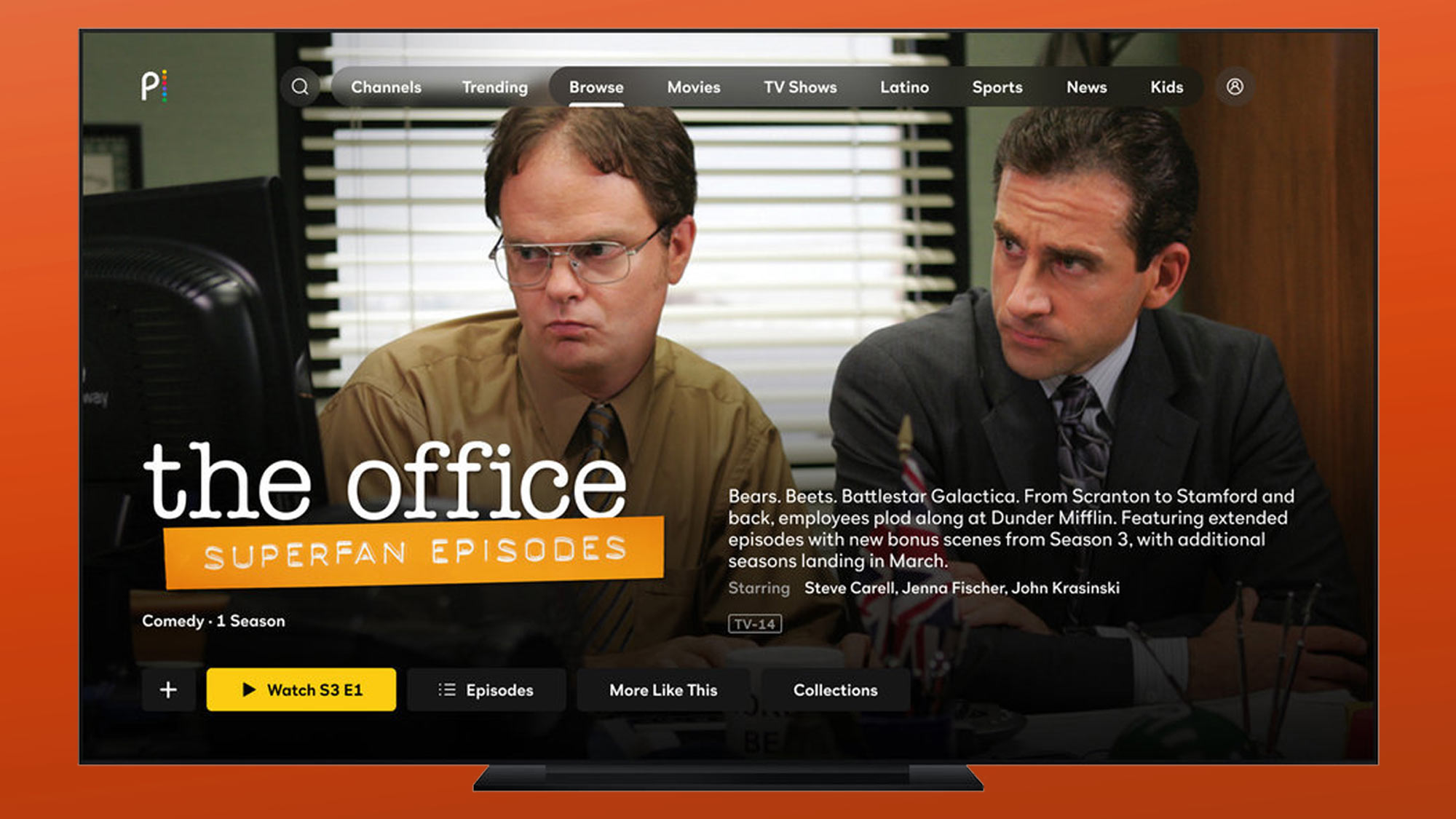Indiana, Tennessee, Texas, Delaware, Pennsylvania, Florida, Idaho, South Carolina, Maine, Louisiana, New Mexico, Alaska, Arkansas, Nevada, Arizona, West Virginia, Oklahoma, Kentucky, Mississippi, Alabama. These are just some of the worst states to live in the United States, each with its own unique challenges and issues. From healthcare and education deficiencies to high crime rates and poverty levels, these states struggle to provide a desirable living environment for their residents. In this article, we will delve into the details of why these states rank poorly and explore how their shortcomings impact the quality of life for those who call them home. Discover the factors that contribute to these states' unfavorable rankings and gain insights on the best practices for saving money and reaching financial goals, no matter where you live. Whether you're looking to understand the struggles faced by these states or seeking tips on how to improve your own financial situation, this article has something for everyone.
Indiana - Healthcare, Climate
Despite the relatively low poverty rate, Indiana is considered one of the most unfavorable states to reside in the United States for various reasons. It holds the 48th position in terms of per capita public healthcare spending, with only $55 allocated to each individual annually.Moreover, Indiana ranks among the top ten states in terms of smoking rates and obesity, as a considerable number of adults admit to engaging in little to no physical exercise.
This, in turn, has led to a lower life expectancy of 77.1 years, which falls behind the national average of 79.2 years. The extreme climate in Indiana also contributes to its unfavorable ranking. Summers are hot and humid, while winters are damp, chilly, and marked by heavy cloud cover.
Tennessee - Crime Rate, Healthcare
Tennessee is renowned for its iconic smoky mountains, delectable chicken dishes, and country music. However, the state has a dark side that makes it an undesirable place to live.With high rates of robbery, rape, severe assault, and murder, Tennessee has one of the worst crime rates in the United States. Additionally, the state's healthcare system is subpar, with Tennessee ranking sixth lowest in terms of life expectancy at 76.2 years.
The general health of the population in Tennessee deteriorates due to the high prevalence of smoking, obesity, and low levels of physical activity. Furthermore, the state has a poverty level of 15.3%, which is among the highest in the nation.
Texas - Voting Rights, Inclusiveness
Texas is widely recognized for its robust business environment. However, the state has a propensity for enacting exclusive regulations and laws that tarnish its reputation.Texas stands out as one of the few states without laws to protect against discrimination in public accommodations. While the Democrats in Texas managed to reject a bill that would further restrict voting, the state continues to face challenges in ensuring accessible voting.
The governor and legislators are currently pushing for a special session to pass registration restrictions. In response, Democratic lawmakers have left the state to obstruct the process and draw national attention to the issue.
Delaware - Health Resources
Recent statistics indicate that the residents of Delaware are more likely to face health issues compared to other states. The state's average life expectancy of 78.6 years falls a few months short of the national average.Furthermore, although the poverty level in Delaware stands at 12.5%, lower than the national average, a significant number of residents still grapple with financial insecurity.
Pennsylvania - Healthcare, Education
Pennsylvania is another state that performs poorly in terms of education and health metrics. Only 31.8% of Pennsylvania residents hold a bachelor's degree, slightly below the national average of 32.6%.The average life expectancy in Pennsylvania at birth is 78.2 years, which trails behind the national average of 79.1 years by a year. People with higher education levels are generally more likely to lead healthy lifestyles and experience better health outcomes.
The state's below-average educational attainment may contribute to the lower life expectancy. Pennsylvania also experienced a meager 1.6% increase in population over the past decade, significantly lower than the nationwide increase of 6.6%.
This slow population growth suggests that Pennsylvania is less appealing as a place to live compared to its neighboring states.
Florida - Unemployment, Education
Residents of Florida have a lower likelihood of obtaining a college education compared to the average American. They are also more prone to facing severe financial hardships. Only 30.4% of Florida residents hold a bachelor's degree or higher, below the national average of 32.6%.The state has a poverty level of 13.6%, surpassing the country's average of 13.1%. These factors contribute to Florida's standing among the worst states to live in.
Idaho - Education, Health
Idaho ranks among the worst states to live in primarily due to its low education levels. The state records the lowest bachelor's degree completion rates nationwide, with only 27.7% of residents holding a degree compared to the national average of 32.6%.Lower education levels are often associated with an unhealthy lifestyle and limited earnings. However, despite the low bachelor's degree attainment rate, Idaho boasts a relatively lower poverty rate of 11.8%, compared to the national average of 13.6%.
South Carolina - Crime, Education Level
South Carolina's shortcomings in education and high crime rates contribute to its place on the list of worst states to live in. The state's high school graduation rates and K-12 performance measures fall below the national average of 85%, standing at 81%.South Carolina also experiences a significant poverty gap, exacerbating the difference in education quality between wealthy and disadvantaged students.
The state ranks among the highest in terms of violent crimes, with the country's fifth-highest homicide rate and juvenile incarceration rate surpassing the national average by 10%. The rates of assault and murder have been steadily increasing since 2016.
Maine - Health, Education Level
Maine ranks as the lowest-performing state among the New England region. It is the only state in New England with a lower bachelor's degree attainment rate compared to the national average.Only 31.5% of Maine's residents have completed college, falling below the national average of 32.6%. The lower education levels in Maine are also associated with unhealthy lifestyles and lower life expectancy compared to other states in New England.
Louisiana - Food Insecurity, Crime, Education
Since 2017, Louisiana has consistently ranked among the worst states in the U.S., primarily due to its poor performance in education and crime. Education and employment opportunities in Louisiana lag behind the rest of the country.With a poverty level of 19%, Louisiana faces severe food insecurity, ranking highest in the nation. Additionally, criminal justice and crime rates pose significant concerns in the state.
Louisiana holds the top position in the country for homicide rates, with 15.8 murders per 100,000 people. It also boasts the highest incarceration rate, with 680 incarcerated individuals per 100,000.
New Mexico - Education, Health, Poverty Level
New Mexico stands among the worst states in the U.S., mainly due to education and opportunity metrics. The state's education system ranks last in the country.Public schools in New Mexico are considered the worst nationwide, with less than 75% of students graduating from high school, falling below the national average of 85.8%.
With a poverty level of 17%, New Mexico faces one of the most significant challenges in terms of opportunities. Additionally, approximately 26% of children in New Mexico live below the poverty line, which is the highest percentage in the country.
Alaska - Crime, Economy, Unemployment
Alaska's ranking has declined in 2022 compared to previous years, indicating a worsened situation. The state's economy now stands at 50th in the country, down from 46th in 2019.This decline can be attributed to the impact of the COVID-19 pandemic on Alaska's heavy reliance on tourism and oil. According to statistics from the Alaskan Department of Labor, the state's unemployment rate, job creation, and wage growth fall below the national average. Alaska also leads the country in terms of violent crime rates.
Arkansas - Crime, Healthcare
Arkansas is included in the list of worst states to live in 2022 due to high crime rates and healthcare concerns. The state's healthcare access, particularly dental care, ranks among the worst in the U.S., with a low rate of dental visits and a significant portion of the population avoiding healthcare due to high costs.Arkansas also boasts the second-highest rates of cardiovascular disease and tobacco use. The prevalence of economic hardship and low education levels contribute to these issues, resulting in Arkansas ranking fourth in terms of violent crime and incarceration rates.
Nevada - Poor Healthcare, Low Education Levels
Low education levels often correlate with a lower quality of life. In Nevada, only a quarter of the population holds a bachelor's degree.However, the low education levels alone do not make Nevada one of the worst states to live in. The state's inadequate public health spending and allocation of hospital resources contribute to its unfavorable ranking. Nevada ranks last in terms of primary care doctors per capita and spends the least on healthcare per person per year, with only $50 allocated.
Additionally, 11.2% of Nevada's residents lack health insurance, leading to a lower life expectancy. While Nevada has consistently faced high unemployment rates, the poverty rate of 12.9% is relatively lower than several other states.
Arizona - Air Quality, Crime
Although Arizona is an attractive state for outdoor enthusiasts due to its natural wonders such as Havasu Falls, the Grand Canyon, and Monument Valley, it is also among the worst places to live in 2022. While the state's natural scenery is captivating, densely populated cities like Phoenix contribute to some of the worst air quality compared to other states.This, combined with insufficient public health funding, poses a significant threat to individuals with respiratory issues. Arizona also has an above-average poverty rate of 14%.
During the summer, air conditioning becomes a necessity, resulting in high energy bills that many residents cannot afford. Some individuals living in poverty turn to crime to cover these expenses, adding to the state's ranking as the tenth worst in terms of violent crime rates.
West Virginia - Infrastructure, Economy, Healthcare
West Virginia is another state that ranks low as a place to live due to its poor economy, infrastructure, and healthcare statistics.The state's infrastructure system is one of the worst, with approximately one-third of the roads in poor condition. Given a grade of D by the Infrastructuredreportcard.org, West Virginia's systems are at risk, with many elements on the brink of becoming unusable.
Oklahoma - Health Resources, Poverty
An examination of a state's overall population health can provide insight into its desirability as a place to live. Unfortunately, the statistics indicate that Oklahoma is one of the worst states in the U.S. to reside in.Around 14.2% of Oklahomans lack health insurance, resulting in one of the lowest rates of access to healthcare in the country. Coupled with a poverty rate of 5.6%, Oklahoma's unfavorable conditions make it one of the worst states to live in. It comes as no surprise that life expectancy in the state is below average.
Kentucky - Healthcare, Financial Instability
Although Kentucky performs well in terms of infrastructure, low crime rates, and opportunity metrics, its shortcomings in healthcare and financial stability overshadow these strengths.Kentucky exhibits poor performance in various health metrics, including high rates of preventable hospitalization, low childhood immunization rates, and unhealthy habits among the population. The state ranks second in terms of high rates of sleep deprivation and smoking, while also ranking last in exercise and consumption of fruits and vegetables.
Mississippi - Childcare, Health, Unemployment, Food Insecurity
Mississippi has consistently held the position as the second-worst state in the U.S. since 2017 due to its poor performance across multiple metrics. The state ranks last on the Economic Hardship Index.Approximately 19% of Mississippi residents live at or below the poverty line. With a per capita income of $25,300, Mississippi has the lowest income level in the country.
Food insecurity and unemployment levels in the state are also among the highest. In terms of healthcare, Mississippi ranks the worst, with the highest rates of obesity, cesarean delivery, infant mortality, preterm birth, and low birth weight.
Approximately one-fifth of Mississippi residents lack health insurance, and 15% avoid seeking healthcare due to financial constraints.
Alabama - Healthcare, Education, Inclusiveness
Ranked as the worst state in 2022, Alabama has a poverty rate of approximately 16.8%. The majority of households earn less than $50,000 annually, falling below the national average of ,000.The high poverty levels also contribute to low education standards, with only 25.5% of Alabama residents holding a bachelor's degree or higher. Limited income and lack of education increase the likelihood of poor lifestyle choices, such as consuming unhealthy food.
With a life expectancy of 71.4 years, approximately four years lower than the national average, Alabama is among the few states without legal protection against discrimination for non-disabled citizens, making life significantly more challenging for minorities.Key Takeaways
- Hawaii poses significant challenges to saving due to its high cost of living and a high debt-to-income ratio.
- California, Maryland, New York, and New Jersey also rank among the top five states where saving money is most difficult.
- North Dakota is considered the easiest state to save money in, thanks to its affordability and low debt-to-income ratio.
- Other states where saving money is relatively easy include South Dakota, West Virginia, Missouri, and Ohio.
- Northeastern states are well represented among the top 10 states where saving money is most difficult.
- The Midwest dominates the top 10 list of states where saving money is easiest.
- High incomes do not always make saving money easier; six states with median household incomes above ,000 are among the top 10 states where saving money is most difficult.
5 Best States for Saving Money
On the other end of the spectrum, the five best states for saving money are North Dakota, South Dakota, West Virginia, Missouri, and Ohio. Let's take a closer look at the factors that contribute to these states' high rankings.How to Save Money and Reach Your Financial Goals
Saving money plays a crucial role in financial planning. It can help you achieve goals such as purchasing a house, retiring comfortably, or starting a business. Regardless of your goals, here are some tips to help you save money and achieve them:- Set specific savings goals. What are you saving for? Whether it's a down payment on a house or retirement, having clear goals will keep you motivated to save.
- Create a budget. Use a money-saving app to track your income and expenses, allowing you to see where your money goes. Once you have a clear understanding of your spending habits, you can make adjustments to save more.
- Open a high-yield savings account. The current savings rates are higher than they have been in years, and it's possible to find high-yield savings accounts with annual percentage yields (APY) of over 4.00%. Opening such an account is an easy way to earn more money as you save.
- Automate your savings. Set up automatic transfers from your checking account to your savings account each month. This way, saving becomes a habit that doesn't require much thought or effort.
- Reduce unnecessary expenses. Review your spending habits to identify areas where you can cut back. Are you eating out too often? Spending too much on entertainment? There are likely areas where you can save money without significantly impacting your quality of life.
- Find ways to earn extra income. If you're serious about saving, you might need to explore opportunities to make more money. This could involve asking for a raise, finding a new job, taking on a part-time gig, or starting a side hustle.
- Invest your savings. Once you have accumulated some savings, consider investing a portion of it. Investing is essential for building wealth, as compound interest helps your money grow over time.
How to Save Money in a High-Cost-of-Living Area
Living in a high-cost-of-living area can be challenging for your budget. However, there are strategies you can employ to reduce costs and maintain a comfortable lifestyle:- Focus on your biggest expense categories. When living in a high-cost-of-living area, making wise decisions regarding housing, transportation, and food expenses can have a significant impact on your savings compared to simply cutting out small luxuries.
- Take advantage of free or low-cost activities. Most towns and cities across the U.S. offer free or low-cost activities that you can enjoy. These could include visiting the library, exploring local parks, taking advantage of free museum days, or going for hikes.
- Use public transportation. Opting for public transportation instead of driving can save you money on gas and parking. Selling your car could even eliminate monthly car payments. If feasible, you could also carpool, walk, or bike.
- Cook at home more frequently. Dining out regularly, especially in major cities, can quickly drain your wallet. Cooking meals at home can save you a substantial amount of money. If you're not confident in the kitchen, consider borrowing cookbooks from the library, watching cooking tutorials online, or taking a cooking class.
- Consider getting a roommate. If you have sufficient space, bringing in one or more roommates can help split the cost of rent and utilities. While it may not be a long-term solution, it can significantly reduce your housing expenses temporarily.
- Negotiate your bills. Many companies are open to negotiating their prices, especially if you're a loyal customer or experiencing financial difficulties. Don't hesitate to negotiate everything from rent to your phone bill.
- Take advantage of discounts. If you are a senior, student, military member, medical professional, or teacher, many businesses offer discounts for these groups. If you qualify, be sure to take advantage of these cost-saving opportunities.
- Consider moving to a more affordable area. If you have no ties to your current location and are open to relocating, moving to a less expensive state can have a significant impact on reducing your expenses. Use a cost-of-living calculator to determine how much you would need to earn to maintain the same standard of living in a different city.
In conclusion, while there are certainly states in the United States that pose significant challenges and are considered unfavorable places to live, it's important to remember that individual experiences may vary. Factors such as healthcare, education, crime rates, and financial stability all play a role in determining the overall desirability of a state. However, regardless of where one resides, saving money and achieving financial goals is a universal concern. By setting specific savings goals, creating a budget, automating savings, reducing unnecessary expenses, finding ways to earn extra income, and investing wisely, individuals can work towards a more stable and secure financial future. Additionally, in high-cost-of-living areas, focusing on major expense categories, taking advantage of free or low-cost activities, using public transportation, cooking at home, considering roommates, negotiating bills, utilizing discounts, and even exploring the possibility of moving to a more affordable area can help mitigate the financial challenges associated with living in these regions. Overall, with careful planning, budgeting, and making wise financial decisions, individuals can overcome the obstacles presented by their state's ranking and lead fulfilling and successful lives.





